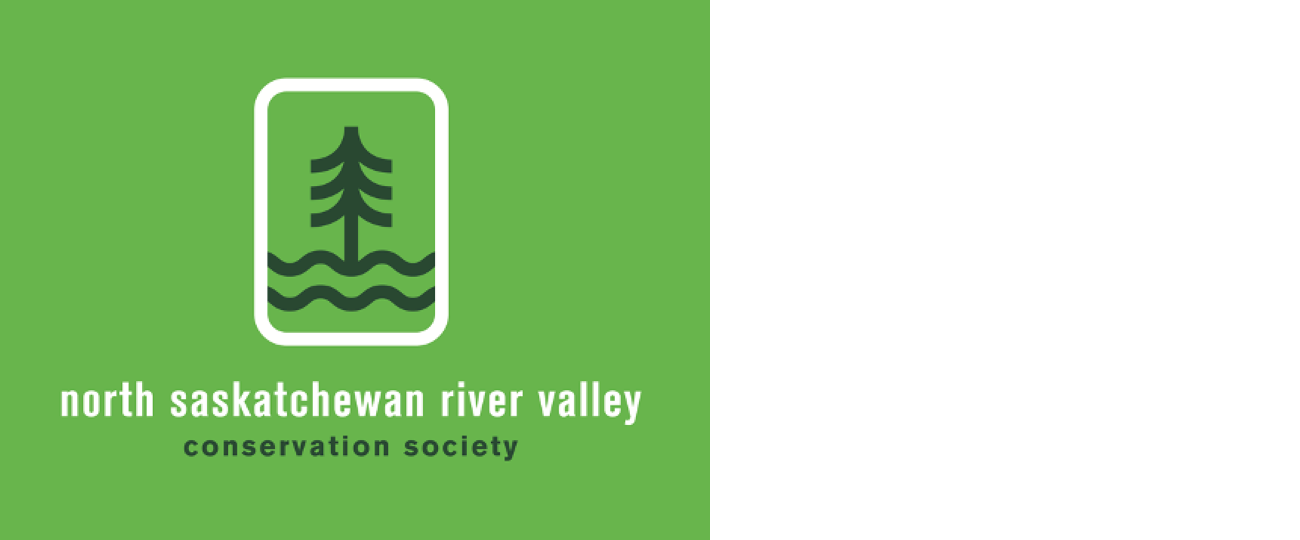June 10 meditation and trail walk in Parkland County
River Valley alliance is hosting this event on June 10, which will begin across the river from Devon at Prospectors Point. The walk will be to the new stairs, where there will be a guided meditation led by Amanda Papadopolous.
Meditation will bring awareness in and allow time to be present in nature. After silent contemplation, participants will turn around and head back to the parking lot. The walk will take about 90 minutes walking at a leisurely pace with plenty of time to take in nature and rest if needed.
There are some large inclines along the route, so it may not be suitable for all abilities. The trail is a double-wide granular trail with some switchbacks that may be considered difficult for those with strollers. The event is free but please register at https://www.eventbrite.ca/e/rva-june-community-meditation-trail-walk-tickets-639518706667
Despite a midlife crisis, Streetcar No. 33 has served YEG since 1912
The Edmonton Radial Railway Society runs streetcars from May long weekend to Thanksgiving. While most of the fleet services the Fort Edmonton Park line, three cars cover the High Level Bridge route. The metropolitan flavour of Edmonton is reflected in these cars, with #930 Melbourne Australia, #247 Osaka, Japan, and #33 Edmonton.
Streetcar No. 33 looks shiny and new, despite being 110 years old, with a red and green exterior and high gloss varnish in the wood-paneled interior. In June 1912, No. 33 began operating in Edmonton and remained in service until 1951. Upon retirement, its electrical parts and wheel components were removed and sold for scrap. The body of streetcar No. 33 was sold and put out to pasture on a farm.
On May 1, 2010, streetcar No. 33 made its first run on the tracks in over 50+ years, in Fort Edmonton Park. The following year, it was moved to the High Level Bridge route where it has been a staple of the fleet ever since. The rebuild of Streetcar No. 33 took 17 years, 35,000 volunteer hours and $151,000 to bring it back to its original factory state. https://citymuseumedmonton.ca/2023/05/18/edmonton-streetcar-no-33/
Early blue violet widespread throughout Alberta
Other than seeds and rhizomes, the entire early blue violet plant is edible. Leaves can be used in salads and to make tea, and candied violet flowers can be used as garnish for desserts. Violet vinegar can be made by adding blossoms to white wine vinegar.
The leaves are very high in Vitamins A and C, with 1¼ cup of early blue violet leaves having about the same amount of Vitamin C as 4 oranges. In parts of the United States, violets are called wild okra and are often used to thicken soups.
Medicinally, early blue violet was used as a poultice for bruises, and a violet syrup was made to relieve epilepsy, inflamed eyes, insomnia, jaundice, and sore throats. In modern times, violets have been used to colour and flavour medicines.
Blackfoot Indians used the blue colour to dye arrows. Violets often appear in ancient artwork and poetry. Mohammed loved the violet, as did Napoleon and the violet became the emblem of the Bonapartists.
https://plantwatch.naturealberta.ca/choose-your-plants/early-blue-violet/index.html
Tipi an innovative, practical and locally sourced transportable shelter
Many Indigenous Nations, including the Cree, Chipewyan, Beaver, Nakoda, and Blackfoot gathered along the banks of the North Saskatchewan River to trade with one another and to participate in religious and political ceremonies. The Beaver Hills area was part of a complex trading system that stretched throughout Canada and North America. These trading routes and systems not only allowed for the exchange of goods, but also the transference of knowledge and practice.
Although First Nations Peoples living on the plains are known to have maintained their land through growing crops and landscape manipulation, they also engaged in a pattern of movement by following seasonal sources of food and other resources. Since travel was such an essential part of life, shelter had to be temporary, transportable, and incorporate available materials.
The resulting structure was the tipi. These innovative and highly practical structures used locally available materials like buffalo hides and wooden poles and were small enough to be transported easily. Tipis were also designed to adapt to changing conditions such as cold winters, wind, and hot, bug-infested summers. The architecture involved in the erection of a tipi involved advanced geometry and arithmetic, which allowed the lodging to serve as not only housing, but many other uses vital to everyday life. https://www.edmontonsarchitecturalheritage.ca/time-periods/pre-contact-and-fur-trade/
Cloverdale Coyote
Jayne Bawden writes “I took a picture of a coyote eating dried crab apples that fell off a tree in Cloverdale. This was taken on 93 St in my neighbour’s yard between 97 and 98 Ave. We share our neighbourhood with these beautiful creatures.”
Comment or contribution
Please note that articles may not reflect the position of NSRVCS. River Valley News is meant to be a clearinghouse for the wide variety of opinions and ideas about Edmonton’s River Valley. Email river valley photos, event information, comments, or questions to nsrivervalley@gmail.com
Sincerely yours,
Harvey Voogd
North Saskatchewan River Valley Conservation Society
780.691.1712

















